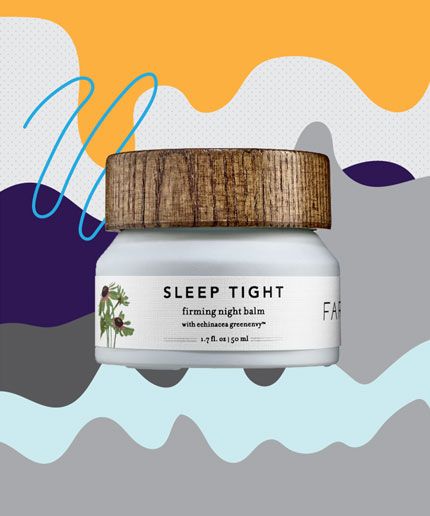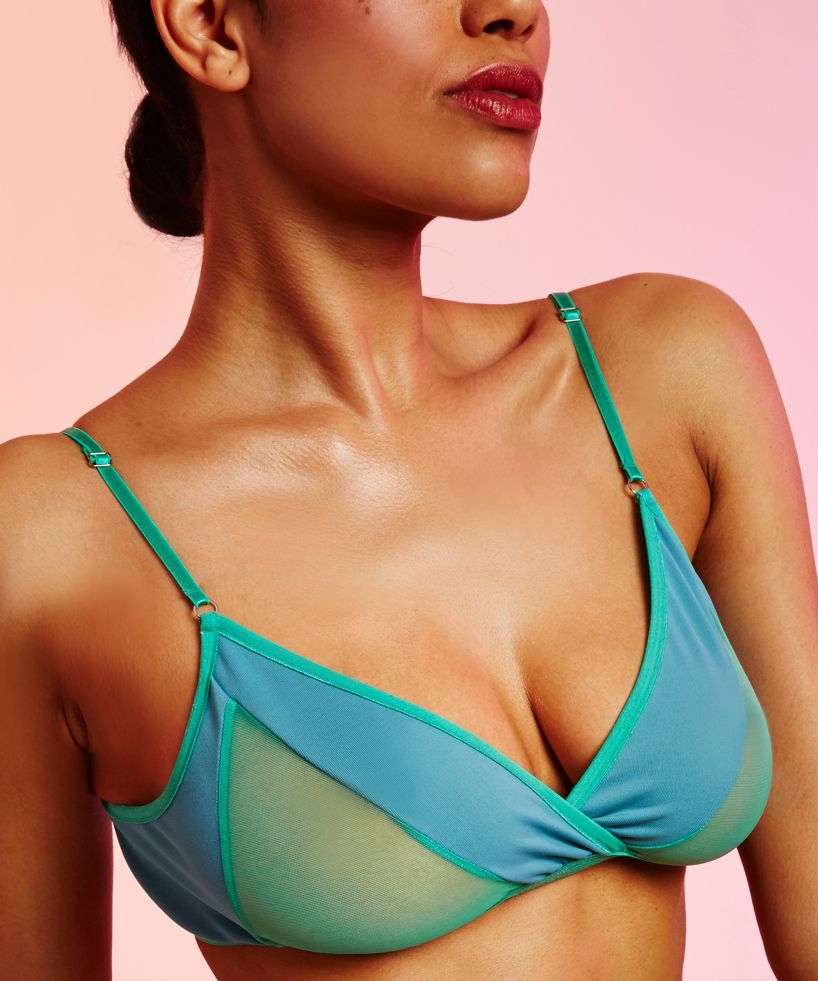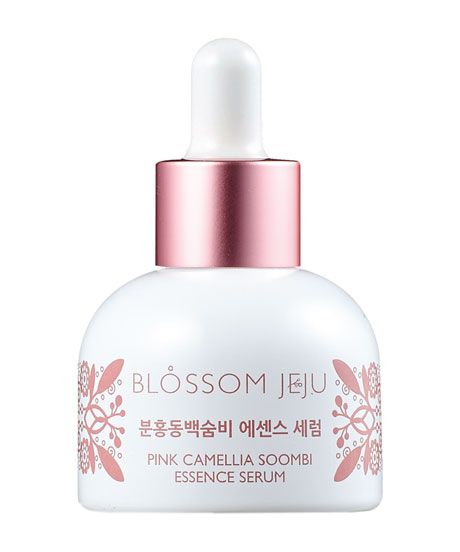Skin Care Tips for Teens
Are you a teen in need of some skin care tips? Maybe you've had an experience like 15-year-old "Cristina's." She used a popular lotion on her skin for weeks before realizing that it clogged her facial pores, causing a full acne outbreak on her face. She was relieved to learn how to clean her skin effectively, and now uses a moisturizer for her dry skinthat does not trigger acne.
What's Your Skin Type?
Before you can care for your skin and keep it healthy, you need to identify your skin type. The four main types of skin are normal, dry, oily, and combination:
1. Normal Skin Care
Normal skin has an even, smooth skin tone; soft texture; and no visible blemishes, red spots, or flaky patches. Pores are barely visible, and the skin surface is neither greasy nor dry. Normal skin has few imperfections because of the balanced amount of water and oil and good blood circulation.
If your skin is normal, wash your face two to three times each day, with mild cleanser or plain soap and water, to remove dirt and sweat.
2. Dry Skin Care
Dry skin is dull, rough, scaly, and itchy, with almost invisible pores. Dry skin is usually caused by an abnormal shedding of cells from the skin's outer layer. In normal situations, lubrication from the body's natural oils helps to prevent water loss from the skin.
If you have dry skin, wash your face daily with a mild cleanser. This will help prevent your skin from becoming drier. Moisturize with a non-perfumed, non-alcohol-containing lotion after washing.
Also, limit very hot showers, high temperatures, and low humidity, which rob your skin of moisture. Even using soap and excessive washing or scrubbing of the skin increases dryness. Many teens have drier skin during the winter months, when humidity is low and heaters force hot, dry air into enclosed rooms.
If your skin is very dry, take a warm bath for about 20 minutes. Avoid using soap or other drying products. When you get out of the tub, pat your body dry, then rub mineral oil (found at most supermarkets and drugstores) or a non-perfumed, non-alcohol lotion all over your skin. Pat your skin dry again. The oil or lotion helps to lock in healing moisture, keeping skin supple and soft.
3. Oily Skin Care
Oily skin is acne-prone skin with open pores, a shiny complexion, blackheads, and pimples. Because hormones affect oil production, anything that affects your hormone levels may influence your skin. Some experts believe that stress, such as from exams or not getting enough sleep, may trigger outbreaks of acne. Many teens know that acne in itself creates added stress!
To keep oily skin clean, wash your face a three times a day with plain soap and water. If you need to cleanse your face at school, use an over-the-counter cleansing pad that helps dissolve oil and removes excess dirt from the skin surface.
If you have pimples, never pop or squeeze them, which can spread the inflammation, worsen acne, and even cause scarring.
Use cosmetics and other facial products that are "noncomedogenic," meaning they do not clog pores. Keep your hair off your face, and wash your hair daily to reduce oil.
4. Normal/Combination Skin Care
With normal/combination skin, you might have an oily "T-Zone" (forehead, nose, and chin) and dry skin elsewhere. The pores on your face are large, and the skin tends to have blackheads.
Normal/combination skin can be either overly dry or excessively oily, while cheeks may appear rough. Depending on the time of year, the oiliness and dryness can change, too. The skin is usually drier when the weather is cold.
If you have normal/combination skin, wash your face two or three times a day with plain soap and water to remove the excess oil. Moisturize dry areas, but not oily areas.
4 Simple Steps to Healthy Skin
Here are the four simple steps to healthy skin:
1. Cleanse
It's important to cleanse your skin daily to remove dirt, oil, and dead skin flakes. Washing your skin also rids the skin of excess oil, which can prevent acne.
If you have oily or normal/combination skin, use a daily cleanser that contains salicylic acid. This ingredient is used in many popular "acne washes" such as the Neutrogena products. Salicylic acid controls oil production and increases hydration.
4 Simple Steps to Healthy Skin continued...
A cleanser containing glycolic acidcan help rid skin of dead cells. It's useful for teens who can't tolerate prescription retinoid creams (like Retin-A and Renova). Read the label to see if your cleanser contains these ingredients.
To remove eye make-up, especially waterproof mascara, there are products specifically formulated for the eye area. But some gentle facial cleansers can effectively remove eye and facial makeup, as well as cleanse the skin. Choose products that are fragrance-free to avoid irritating the eye area.
2. Hydrate/Moisturize
When you hydrate your skin, you simply add water, such as when washing your face or taking a bath. To moisturize your skin, you add water, oil, or both.
For most skin types, you should moisturize skin morning and evening, using a moisturizer that does not aggravate a skin problem.
For instance, never put heavy cream on oily skin that is prone to breakouts. For oily skin, the moisturizer should be oil-free, but have hydrating qualities. Always apply moisturizers after cleansing and hydrating your skin.
3. Treat
Many teens need to treat skin conditions such as acne, which occurs when pores on the surface of skin become clogged. This happens when oil glands produce too much oil, and pores get blocked with dirt, bacteria, and debris. Sometimes, moisturizers and greasy cosmetics contribute to the development of acne. Oils or dyes in hair products can worsen acne by blocking pores.
While soaps and astringents remove oil from the skin, they don't alter the oil production. Scrubbing the skin sometimes causes irritation, which triggers acne instead of resolving it.
Skin products containing benzoyl peroxide may help to treat mild acne if you use them sparingly (once daily in the evening). The goal is to treat all oily areas of the face -- forehead, chin, nose, and cheeks -- not just where you notice pimples. Treating the areas that tend to break out may help prevent future pimples.
Some of these products can cause the skin to become too dry if overused. If you feel stinging or burning, rinse your skin with mild soap and water. Try the topical benzoyl peroxide again the next day.
----------------------------------------------------------------------
Farm-To-Table Beauty Is Here

Beauty, at its core, is about innovation. The industry is constantly striving to uncover the hot, new ingredient. For the most part, that leads brands to travel the globe, searching for the most exotic plants and extracts to add to their face creams. But while many companies are jet-setting to the far corners of the Earth to find the next big thing, a few are looking no farther than their own backyards. That's right, kids: Farm-to-table has officially hit the beauty world.
And it's not just about the DIY mix masters on Etsy — these companies are on shelves nationwide, at established retailers. Brands like the luxe and eco-friendly Tata Harper and newcomer Farmacy are sourcing the ingredients for their formulas on their own land or with local farm partners.
Tata Harper's 1,200-acre Vermont farm is the brand's HQ, where all R&D, formula, packaging, and shipping is based. The organic-certified farm also grows ingredients like arnica, safflower, lavender, and alfalfa — all used in its proprietary formulas — on its own land. To round out the products and boost efficacy, there are ingredients included that are not grown onsite, but where possible the brand tries to use offerings from the local area — the raw honey used in the new, ultra-limited edition Honey Blossom Resurfacing Mask is Vermont-harvested clover and alfalfa honey.
Farmacy, on the other hand, pairs up with farmers in the upstate New York region to cultivate the unique echinacea variant, called echinacea purpurea (which founder Mark Veeder has patented as Echinacea Green Envy). The plant forms the basis of the nine-product line, and while many of the botanicals used in the products are grown and harvested on the farm, some are sourced from other parts of the world. The brand has scientists helping it to create formulations that are bioactive and irritant-free — because we all know that just because something grows naturally doesn't mean it's good for your skin when applied in its purest form.
We love Farmacy's tightly edited product lineup, which features an exfoliating powder cleanser, firming night balm, lip balm, and coconut gel mask. The Lip Blooms come in six variations, which include Apple Rosemary, Strawberry Basil, and Honey Ginger. The gel masks come in six formulas as well: Soothing (with kale extract), Brightening (with purple broccoli), Firming (with celery), Anti-Wrinkle (with rhubarb), Deep Moisture (with cucumber), and Oil Control (with carrot extract).
We've tried many a sheet mask in our day, and generally agree that the coconut gel variety is the easiest to use. This iteration, though, is one of the most advanced we've seen yet — it's a thinner consistency that adheres to the face to create an almost perfect seal. Many gel masks still require you to lay back to avoid them slowly slipping down your face. These, however, stick to your face with zero drippage and no sliding — we were able to walk around during the full 25-minute treatment period without it moving an inch. Upon removal, skin looks plumped up, brighter, and even-toned. We had to restrain ourselves from using the entire pack of three masks right away.
While we will, by no means, be giving up our globally sourced beauty products, we do find it both appealing and laudable that there are brands making use of ingredients close to home, which bolsters the economies of many overlooked local communities. We're hoping this trend catches on, and sustainability and fair-trade continue to grow in the beauty industry.
All The Boob Questions You Were Afraid To Ask, Answered

After your face, the skin on your breasts is quite literally the most front-and-center on your body — which makes it easy to obsess over any aberration. But just because you’re seeing strange hairs, chafing, pigment changes, bumps, or feeling a weird itch (you know the one), doesn’t mean you need to panic.
“Skin is skin, so if you can have a condition elsewhere on your body, you can have it on your breasts,” says Lauren Streicher, MD, an assistant clinical professor of obstetrics and gynecology at Northwestern University medical school and author of Sex Rx. “People have the idea that if it’s on the breasts, it’s automatically serious, but that’s not the case.”
So go ahead and invest in those plunging necklines, because these experts have quick and easy solutions to your biggest boob problems. (Not #bigboobproblems, though — that’s another story entirely.)
Jeju Island: Korea's Hidden Beauty Hot Spot

The Korean beauty scene is rife with confusing, yet now commonplace terms — words that once felt odd but now are part of the beauty lexicon. But any K-beauty junkie worth her weight in BB cream can throw these terms around like a second language. She knows her essence from her ampoule, her sheet mask from her sleeping mask, her ginseng from her snail mucus.
But as our knowledge and awareness of the Korean beauty landscape continues to evolve and products become more widely available in the U.S. market, more unfamiliar words are worming their way into our cosmetics consciousness. We talked a bit about one new term — V-Line — that has already made its way Stateside, but there's another one close on its heels: Jeju.
While it might sound like a cutesy product name dreamt up by someone at Tony Moly, the word actually refers to a place — Jeju Island. Located just off the southern tip of South Korea, Jeju is known as the Hawaii of Asia, according to Glow Recipe cofounder Sarah Lee. "It's a dream vacation spot for [people] around the world," she says.
It is also similar to Hawaii in that it's a volcanic island, explains Glow Recipe's other cofounder Christine Chang. "The soil [on Jeju] is mixed with volcanic ash, and [the terrain] is rocky, so anything grown there has an extra vitality," she says.
Its appeal to the beauty industry is the purity of the ingredients — Jeju is one of the most botanically diverse, least polluted areas in the world, according to Lee. It's been certified as a World Heritage Site by the United Nations Educational, Scientific, and Cultural Organization (UNESCO). Realizing a beauty gold mine when they saw one, the government of South Korea has even started sponsoring brands to set up R&D facilities and labs on the island to study the most promising natural ingredients.
According to Lee, while the term Jeju started to creep into beauty product labels and marketing back in 2003, it wasn't until the last two or three years that they really saw an explosion of popularity and awareness around the term. And now those products are finally headed Stateside.
We asked Lee and Chang to share some of the most popular native ingredients to Jeju, as well as the products that make the best use of them. Ahead, find out the most potent, game-changing products from Jeju. And make sure to memorize that word — you're going to be seeing a lot more of it in the coming months.